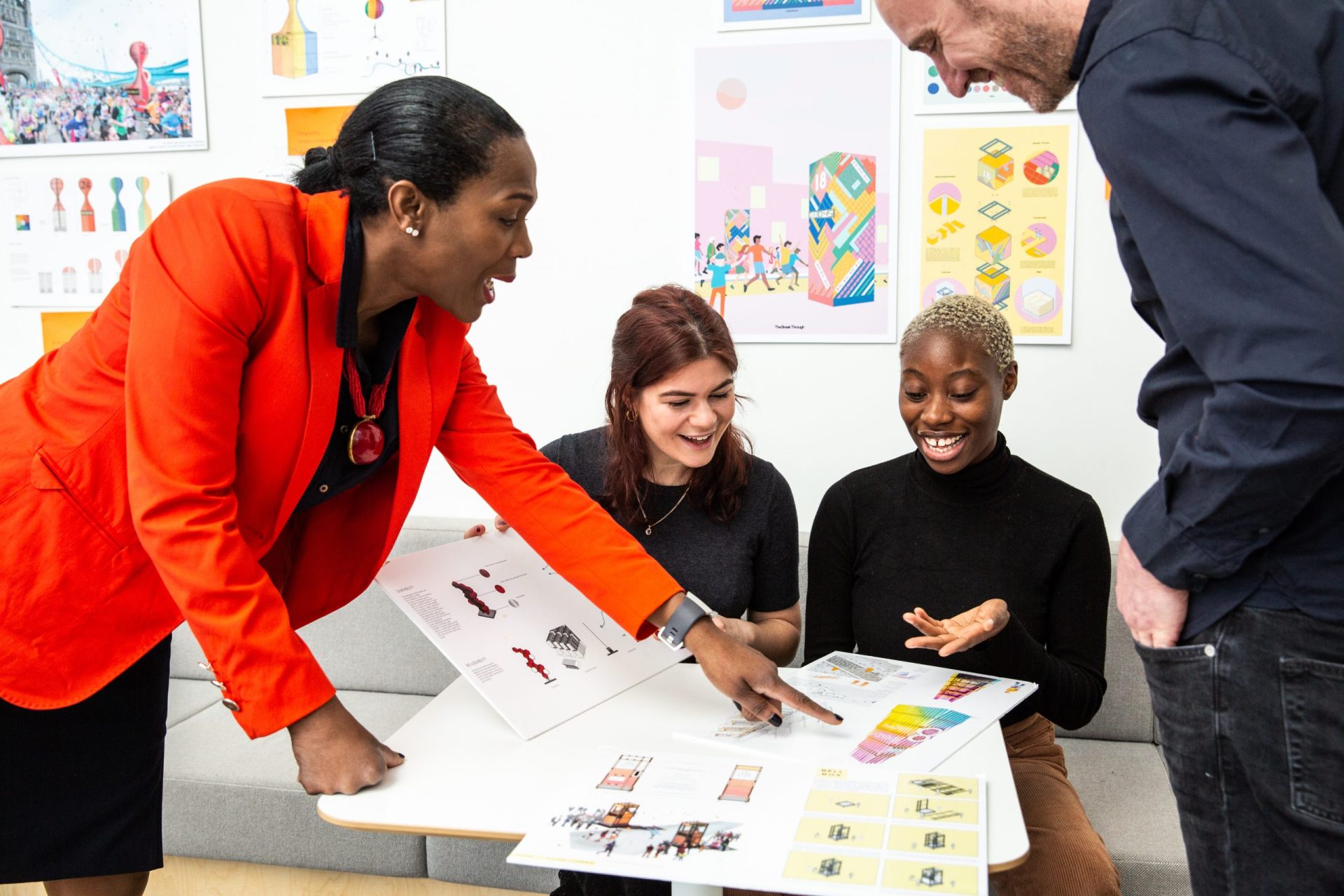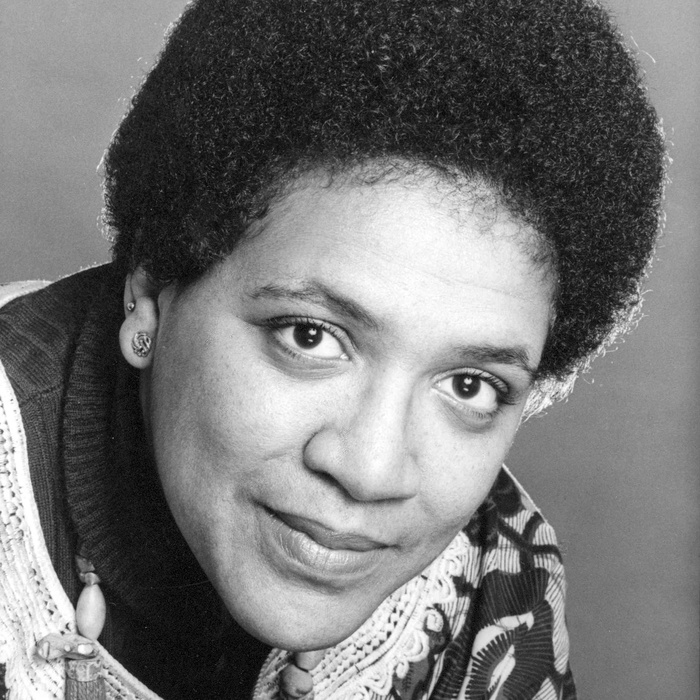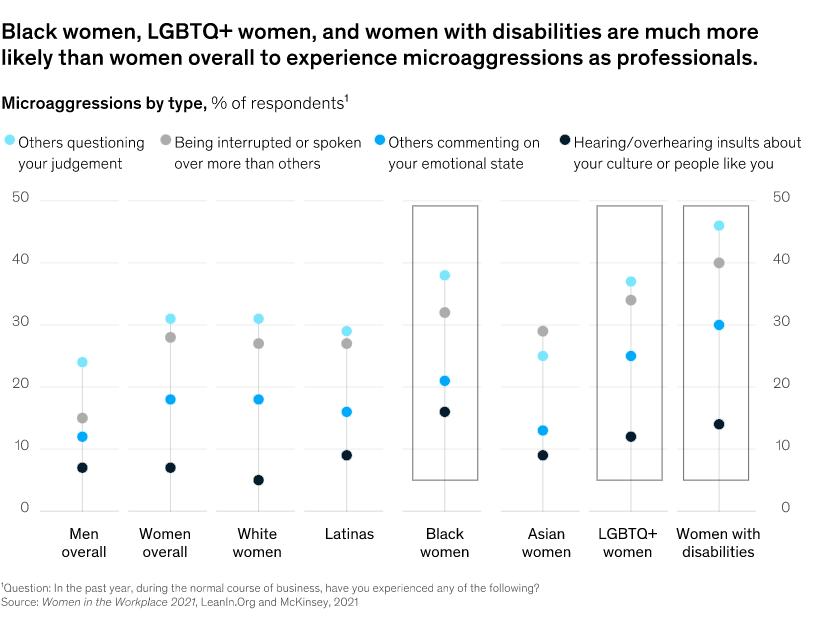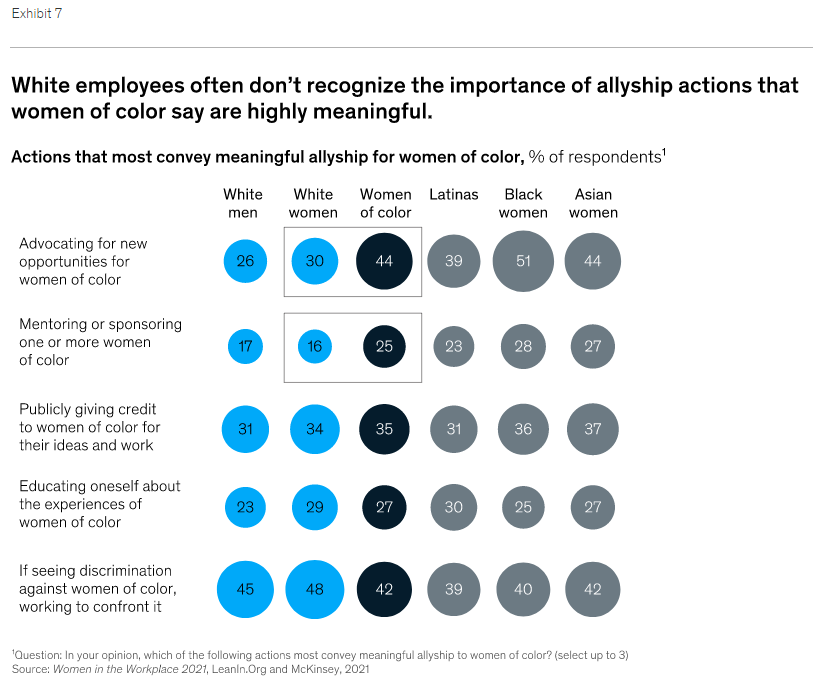International Women’s Day (you can find the official website here) ‒ or IWD ‒ has been celebrating the successes and challenging the injustices of women around the world for decades.
While these injustices demand so much more time than just one day, International Women’s Day is still an effective amplifier of the voices of women, and a powerful step in the right direction.
But do you know the history of International Women’s Day? We are going to celebrate women today, while also highlighting the struggle of women in colour face, particularly in the workplace.
Join us in solidarity as we find out all there is to know about International Women’s Day.

What is International Women’s Day?
International Women’s Day (IWD) is a day of celebration, action, and awareness for women and the challenges or injustices we face every day.
It’s a day to acknowledge achievements, tackle prejudice, and proudly look back at how far we’ve come.
International Women’s Day is just that ‒ international ‒ so it’s celebrated globally on the same day, bringing together women from every corner of life.
What is the purpose of International Women’s Day?
The purpose of International Women’s Day is to shine a light on the issues and inequalities affecting women across the world, celebrate the achievements of women, and open discussions about how we can bring about positive change with equity and equality.
It’s all about uniting together to be the difference.
International Women’s Day is not about putting men down, it is about gender equality ‒ that’s equality for men, women, non-binary people, and everyone in-between.
In fact, some people prefer to call IWD ‘Civil Awareness Day, ‘Anti-Discrimination Day’, or ‘Anti-Sexism Day’, to open it up beyond people who use the term ‘women’ to identify themselves.
Why do we need International Women’s Day?
Well, here are just some of the reasons:
- Just 8.1% of all Fortune 500 companies have women as CEOs, with 1.2% being women of colour.
- Women’s health problems are dismissed by doctors or they are subjected to longer wait times than men. And it’s even worse for women of color.
- Female genital mutilation (FGM) is still practiced in some places in the world, despite it having no health benefits and causing health and sexual problems later in life.
- The gender pay gap is real ‒ women earn an average of 32% less than men for the same work.
- Around the world, just 26 women are serving as world leaders.
- 1 in 3 women globally have experienced some form of sexual assault.
- Black women are 3 times more likely than non-Black women to have reported the death of a loved one as a recent challenge.
- Men with disabilities are twice as likely to be employed as women with disabilities.
- At the current rate of progress, it’ll take about 135 years to close the Gender Pay Gap.
- Just 10 countries in the world offer fully equal rights for women in the workplace ‒ and no, the US and the UK didn’t make the cut.




